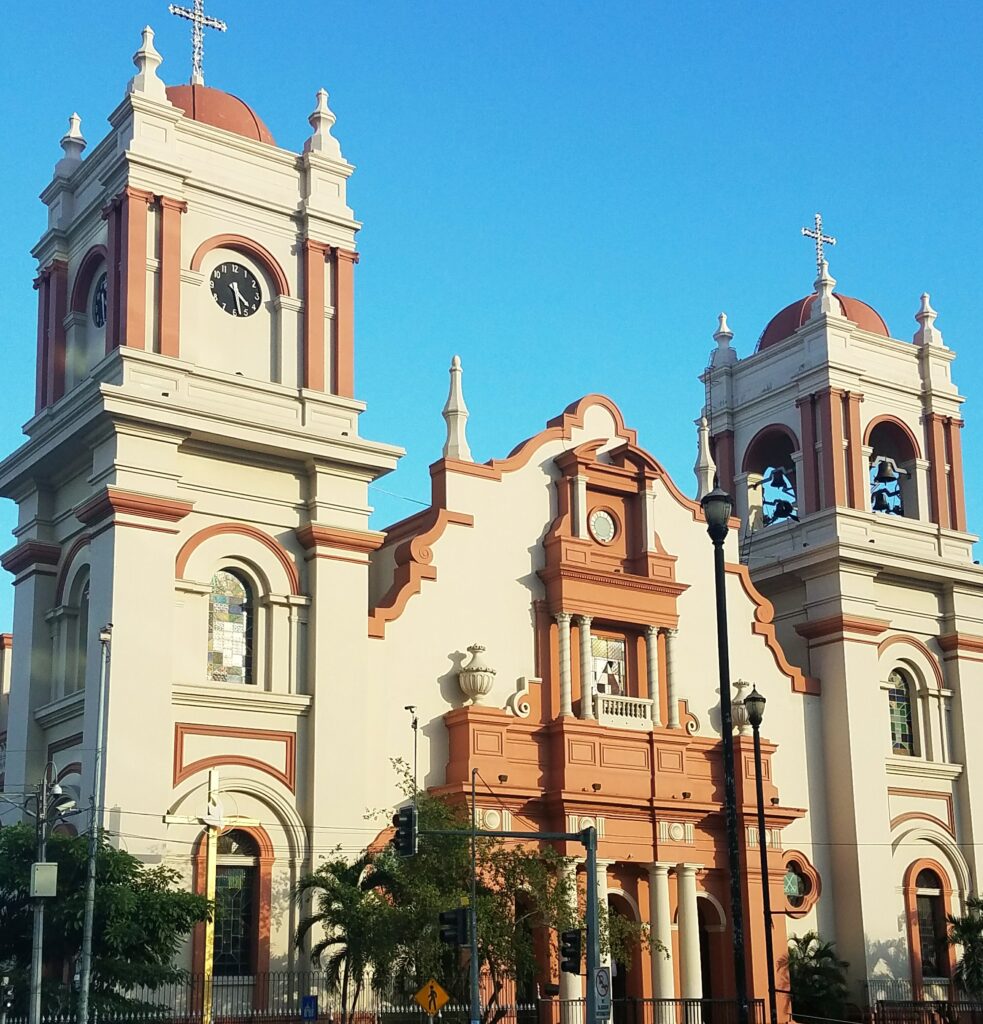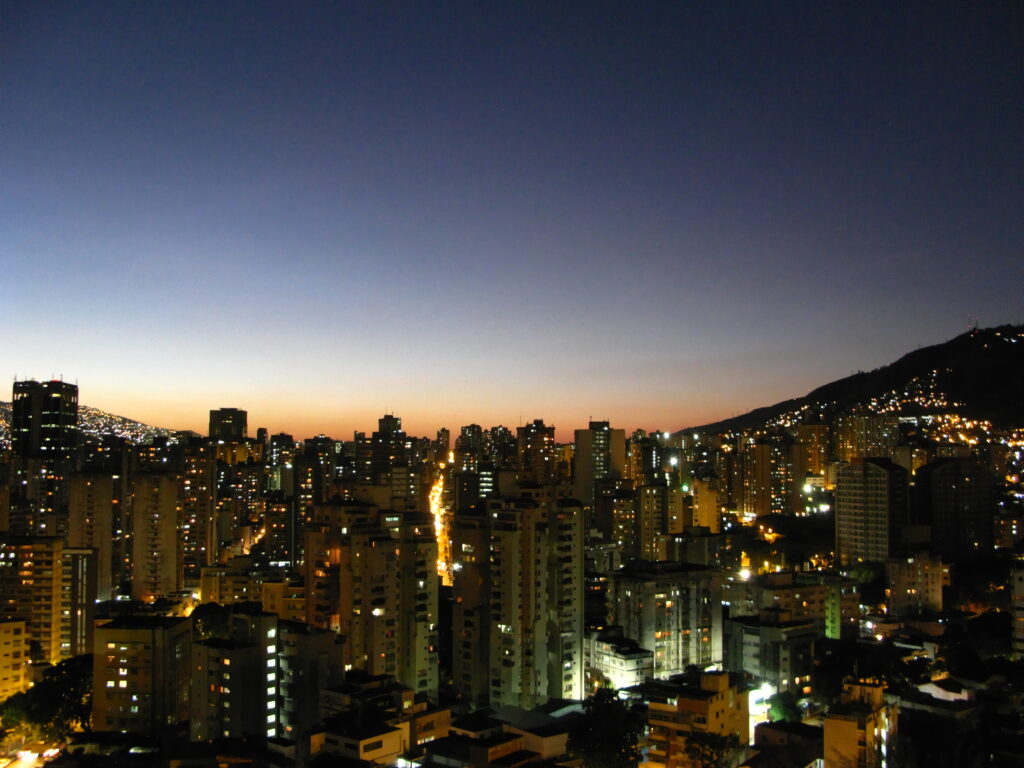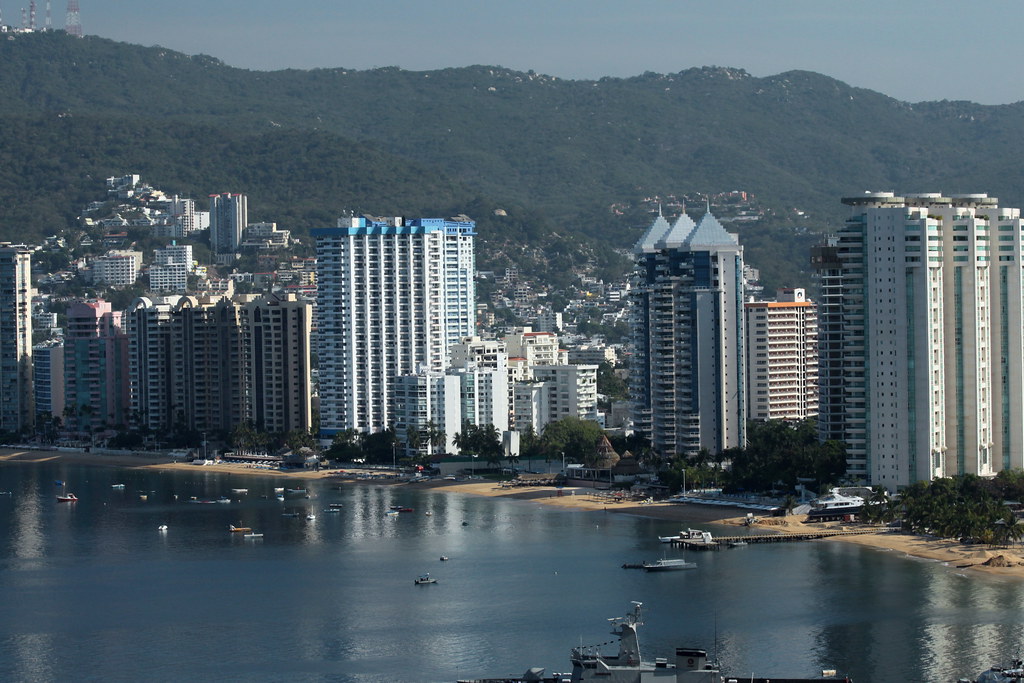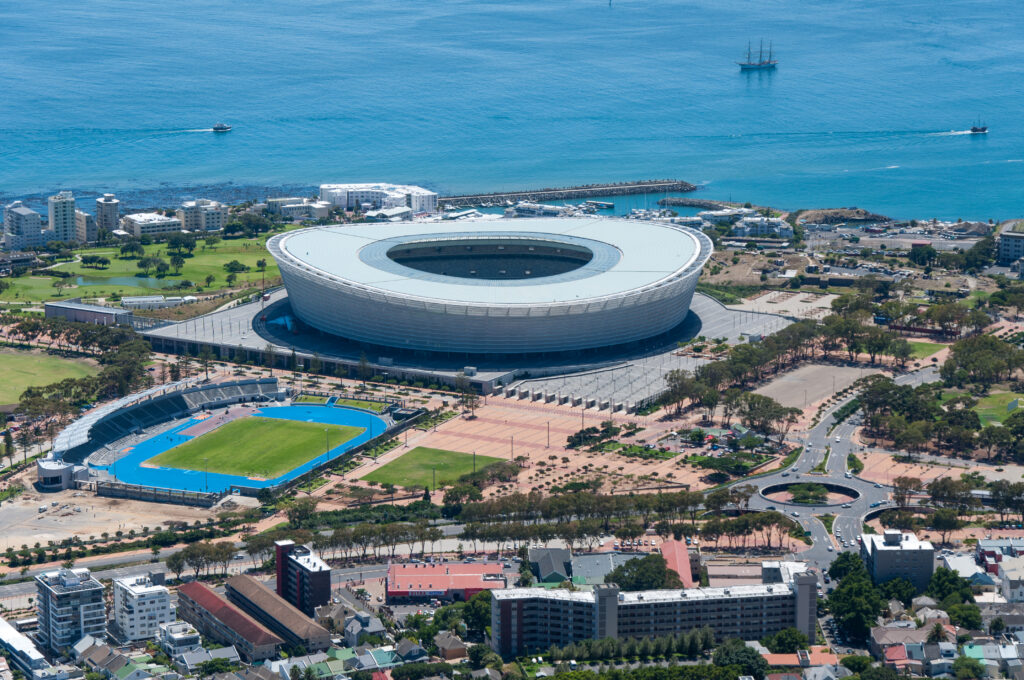When discussing the Most Dangerous Places in the World: Crime one often thinks of regions plagued by crime, violence, and instability. These locations pose significant risks to residents and visitors alike, often stemming from factors like political unrest, economic despair, and drug trafficking. Understanding these areas is crucial not only for potential travelers but also for those concerned about global safety and security.
The Factors Behind Danger
Crime rates in various regions can be influenced by numerous factors, including:
- Economic Instability: Poverty and unemployment often lead to desperation, driving individuals toward criminal activities. Areas with limited job opportunities tend to have higher crime rates as people seek alternative means of survival.
- Political Unrest: Countries experiencing civil wars, governmental collapse, or severe corruption often see a rise in crime. The lack of law enforcement and judicial oversight creates a breeding ground for violence and illicit activities.
- Drug Trafficking: Regions involved in the drug trade can be particularly dangerous. Cartels and gangs vie for control, leading to turf wars and violence that can spill over into civilian areas.
- Cultural Norms: In some places, violent crime may be more normalized due to cultural or societal factors, making it more challenging to address.
Notorious Areas Around the Globe
Here’s a closer look at some of the Most Dangerous Places in the World: Crime where crime rates are alarmingly high:
1. San Pedro Sula, Honduras

Once known as the murder capital of the world, San Pedro Sula has consistently ranked high on lists of dangerous cities. Gang violence, particularly from Mara Salvatrucha (MS-13) and Barrio 18, drives much of the crime here. The city has struggled with high homicide rates, extortion, and drug trafficking, making it a perilous place for residents and visitors.
2. Caracas, Venezuela

Venezuela has faced economic collapse, leading to widespread poverty and social unrest. Caracas, its capital, is notorious for violent crime, including robbery and homicide. The country’s political turmoil has resulted in a breakdown of law enforcement, making it increasingly dangerous to navigate the city.
3. Acapulco, Mexico

Once a glamorous vacation destination, Acapulco has seen a significant increase in crime, primarily due to drug cartel violence. Tourists have been targeted, and the local population has endured rampant extortion and murder rates that put the city among the most dangerous in Mexico.
4. Cape Town, South Africa

Cape Town is often viewed as a beautiful tourist destination, but it also grapples with high levels of crime. Gang violence in certain neighborhoods, particularly in the Cape Flats area, contributes to a significant number of homicides, assaults, and robberies. Visitors are advised to stay vigilant and avoid certain areas.
5. Detroit, USA

Once a booming industrial hub, Detroit has faced significant economic challenges, leading to high crime rates. While the city has made strides in improving safety, it still struggles with violent crime, particularly in certain neighborhoods. Motor vehicle theft and robbery are prevalent issues in the area.
6. Rio de Janeiro, Brazil

Rio is famous for its vibrant culture and beautiful landscapes, but it also has a darker side. Favelas, or informal settlements, are often controlled by drug gangs, leading to high rates of violence, robbery, and drug-related crimes. Visitors should be aware of their surroundings and exercise caution.
7. Juárez, Mexico

Situated along the U.S. border, Ciudad Juárez has been the center of intense drug cartel wars. The violence here has led to thousands of homicides over the years, along with rampant kidnapping and extortion. The city’s law enforcement struggles to maintain order amid ongoing conflicts.
The Impact of Crime on Communities
The effects of high crime rates extend beyond immediate dangers. Communities plagued by crime often face:
- Economic Decline: High crime rates can deter investment and tourism, stifling economic growth and leaving residents with fewer opportunities.
- Social Fragmentation: Fear of violence can lead to social isolation, as individuals and families become reluctant to engage in community activities or leave their homes.
- Psychological Toll: Living in a high-crime area can lead to chronic stress and anxiety among residents, impacting their overall mental health and well-being.
How to Stay Safe
For those who find themselves in or near dangerous areas, safety should always be a priority. Here are some tips:
- Research Before Traveling: Always check travel advisories and familiarize yourself with the areas you plan to visit.
- Stay Aware of Your Surroundings: Be mindful of your environment, especially in unfamiliar places. Avoid distractions like looking at your phone while walking.
- Travel in Groups: If possible, travel with others, especially in high-risk areas. There’s safety in numbers.
- Avoid Risky Areas: Steer clear of neighborhoods known for high crime rates, particularly after dark.
- Keep Valuables Hidden: Avoid displaying expensive items or large amounts of cash, which can attract unwanted attention.
Conclusion:
The Most Dangerous Places in the World: Crime regarding crime often reflect deeper societal issues, such as poverty, political instability, and drug trafficking. While these areas can pose significant risks, understanding the underlying factors and taking necessary precautions can help mitigate dangers. Awareness and education about crime and safety are essential, whether you’re a resident or a traveler. Ultimately, while danger exists, it’s important to remain informed and vigilant to navigate these challenging environments safely.

























